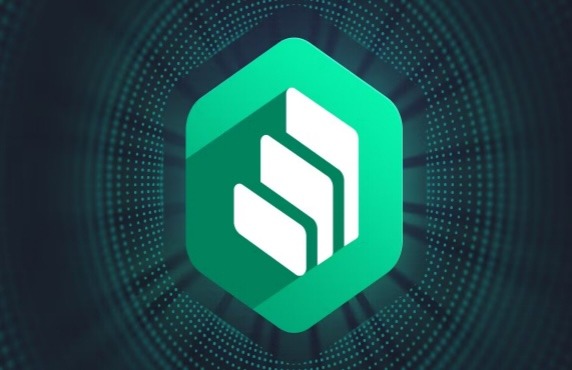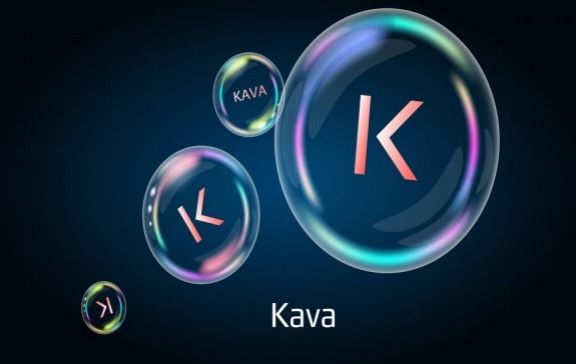Decentralized lending protocols have disrupted the traditional financial landscape, offering users the opportunity to lend and borrow digital assets in a decentralized and transparent manner. Among the prominent players in this space, Kava (KAVA) and Compound (COMP) have emerged as leading decentralized lending protocols. Let’s explore the battle between Kava and Compound in terms of their token prices and features.
Kava (KAVA) Overview
Kava is a cross-chain decentralized lending platform built on the Cosmos blockchain. It provides a range of financial services, including collateralized loans, stablecoin minting, and interest-bearing savings accounts. Kava’s interoperability allows users to interact with various cryptocurrencies seamlessly. The project has gained recognition for its robust infrastructure, user-friendly experience, and partnerships within the decentralized finance (DeFi) ecosystem.
Benefits of KAVA Project and its Lending System
- Interoperability: KAVA’s cross-chain capabilities allow users to access lending services across various blockchain networks, expanding the reach and usability of the platform.
- Collateralized Loans: KAVA offers collateralized loans, enabling users to borrow against their assets while maintaining the security of the lending process.
- Stability and Savings: The platform provides stablecoin minting, allowing users to create stable digital assets pegged to real-world currencies. Additionally, KAVA offers interest-bearing savings accounts, providing an avenue for users to earn passive income on their holdings.
Compound (COMP) Overview
Compound is a decentralized lending protocol that operates on the Ethereum blockchain. It allows users to lend and borrow various cryptocurrencies while earning interest on their deposits. Compound’s algorithm determines interest rates based on supply and demand dynamics. The platform has gained popularity for its innovative money market protocol and the native COMP token, which serves as a governance token, enabling users to participate in the protocol’s decision-making process.
Pros and Cons of Compound (COMP) Chain
Pros:
- Robust Ethereum Ecosystem: Compound leverages the Ethereum blockchain, benefiting from its network effects and wide adoption.
- Algorithmic Interest Rates: The protocol determines interest rates based on supply and demand dynamics, ensuring efficient allocation of funds.
Cons:
- Ethereum Network Congestion: During periods of high demand, the Ethereum network’s congestion can lead to slower transaction confirmations and increased gas fees.
- Reliance on Ethereum: Compound’s dependence on the Ethereum network may limit its scalability and flexibility compared to protocols on more scalable blockchains.

Token Price Comparison
Comparing the token prices of KAVA and COMP can provide insights into their market performance and investor sentiment. However, it’s important to note that cryptocurrency prices are highly volatile and subject to market fluctuations.
As of the latest data, the prices of KAVA and COMP are as follows:
- KAVA: $1.02
- COMP: $35,63
Please note that these prices are subject to change and should be verified using up-to-date market information. The price of both KAVA and COMP has experienced fluctuations in line with market trends and investor sentiment. To track the current and historical price of KAVA, refer to the KAVA price chart on CEX, you also can find other tokens including COMP there.
Features and Differentiation
- While both Kava and Compound operate in the decentralized lending sector, they differ in their approaches and features. Some key differences include:
- Underlying Blockchain: Kava operates on the Cosmos blockchain, which offers cross-chain capabilities, while Compound is built on the Ethereum blockchain, leveraging the vast ecosystem and network effects of Ethereum.
- Collateralization: Kava allows users to collateralize their assets to borrow, while Compound enables users to borrow based on the collateral they provide.
- Governance Mechanism: The COMP token plays a central role in Compound’s governance, giving holders voting rights and the ability to propose and discuss protocol upgrades. Kava also has a governance mechanism, but its specific token (KAVA) has additional utility within the ecosystem.
- Market Focus: Kava aims to provide lending and borrowing services across multiple blockchain networks, focusing on interoperability. Compound primarily focuses on lending and borrowing within the Ethereum ecosystem.
Conclusion
Kava and Compound are prominent decentralized lending protocols that have contributed to the rapid growth of the DeFi sector. While Kava emphasizes cross-chain compatibility and user experience, Compound stands out with its money market protocol and governance features.
Investors interested in decentralized lending protocols should carefully evaluate the fundamentals, market trends, and technological advancements of Kava (KAVA) and Compound (COMP). It’s advisable to conduct thorough research, consult with financial advisors, and stay updated with the latest developments in the DeFi space to make informed investment decisions.

